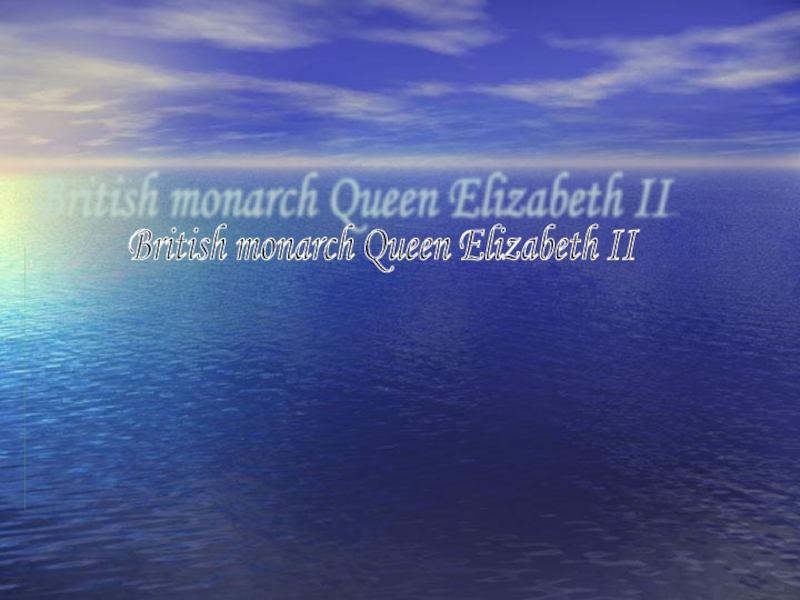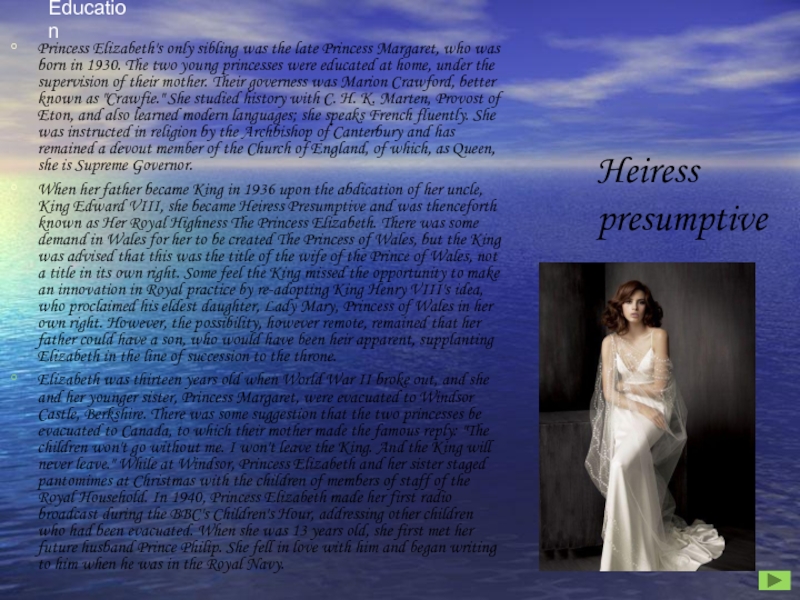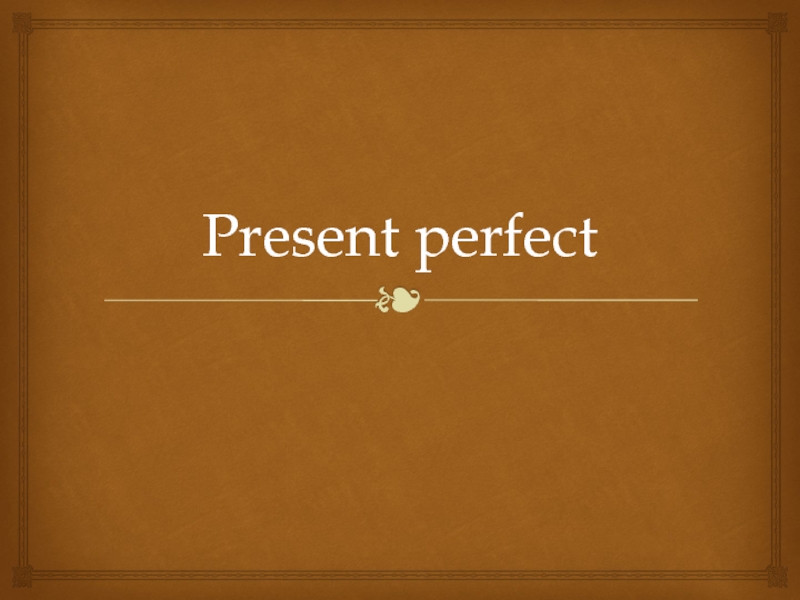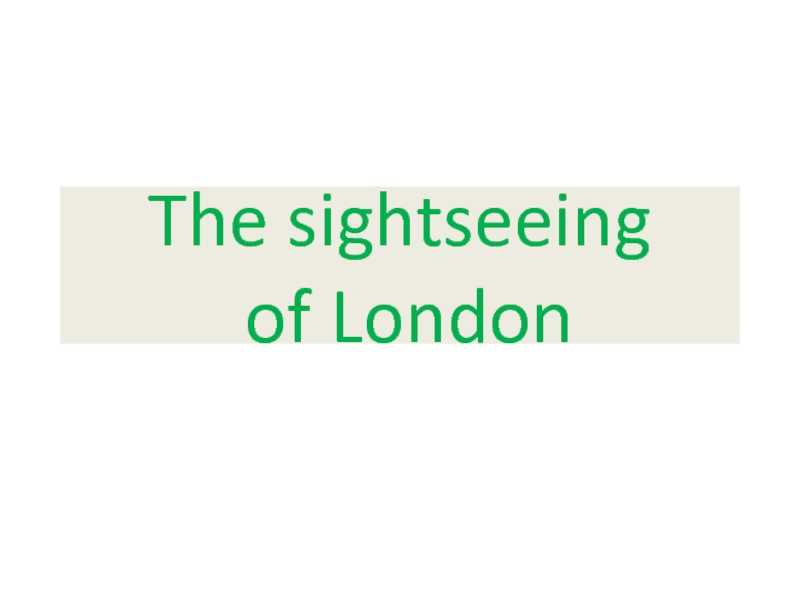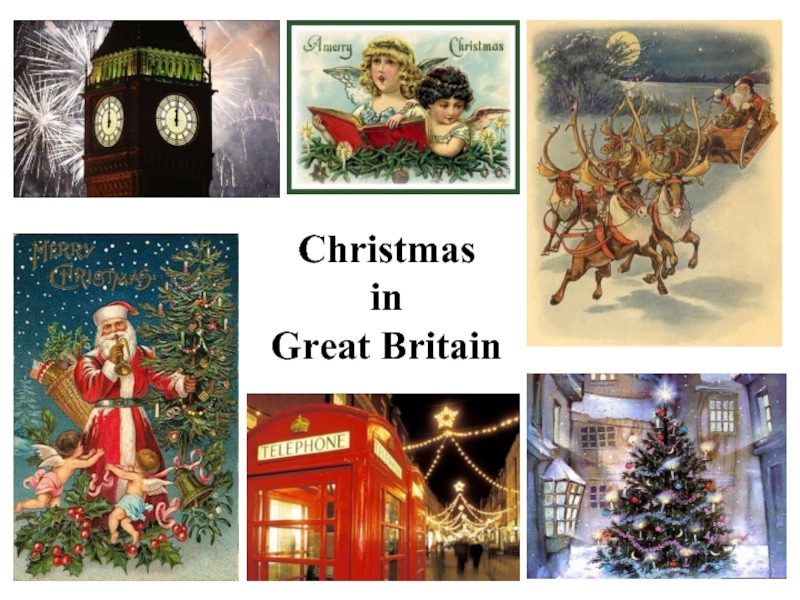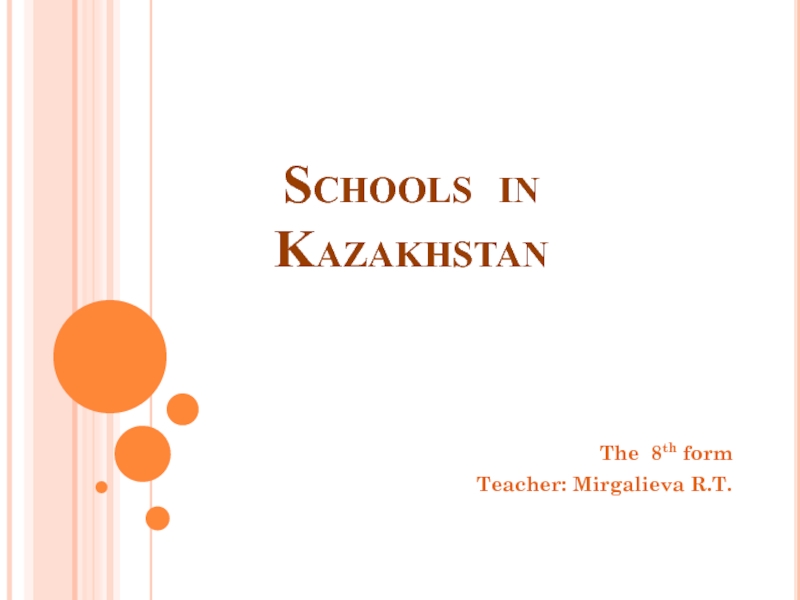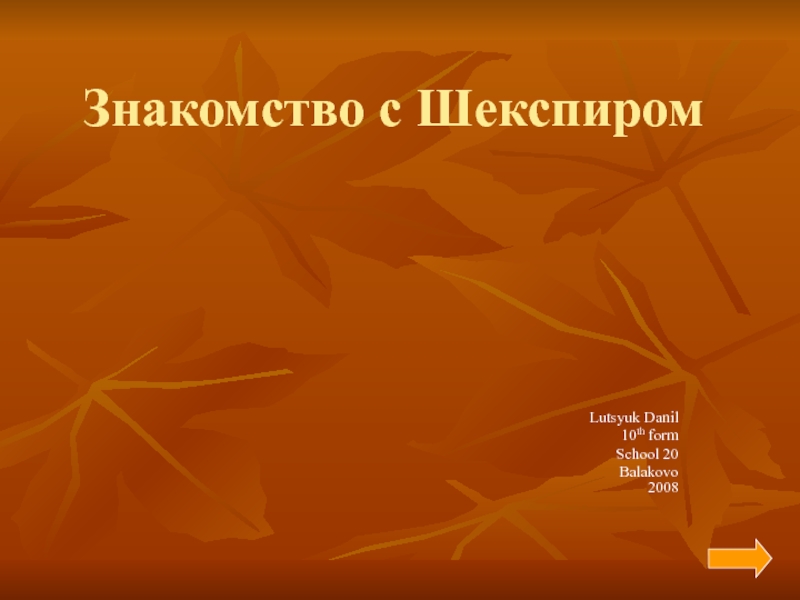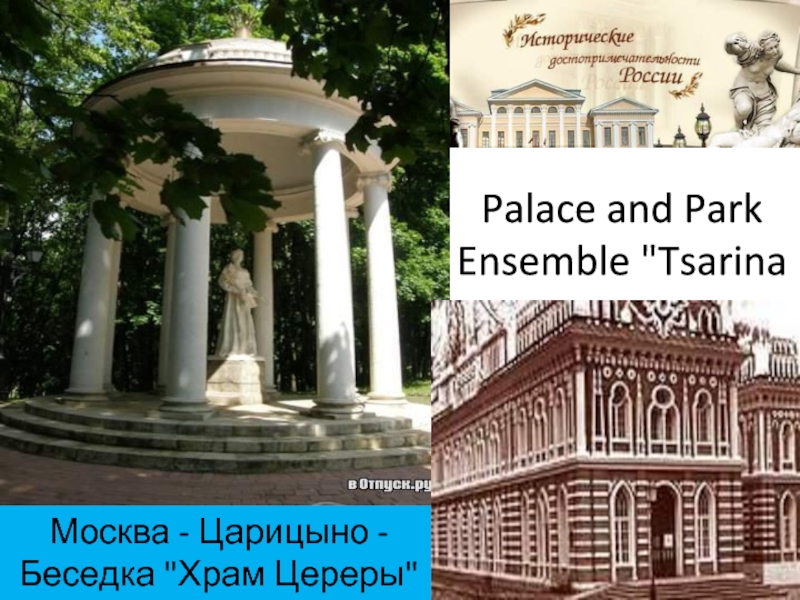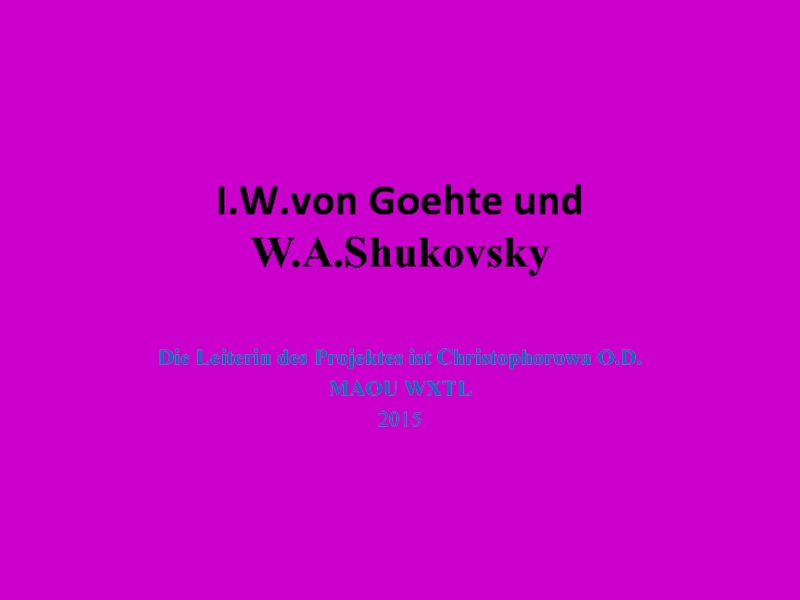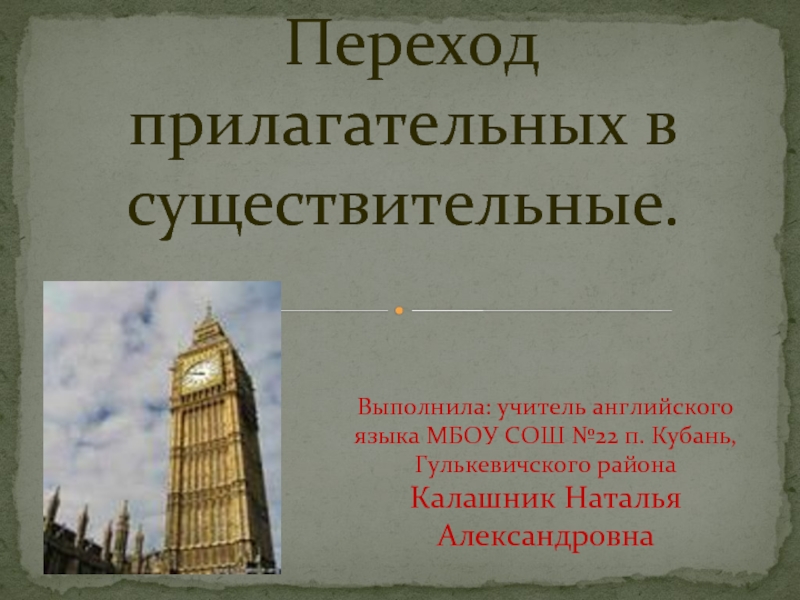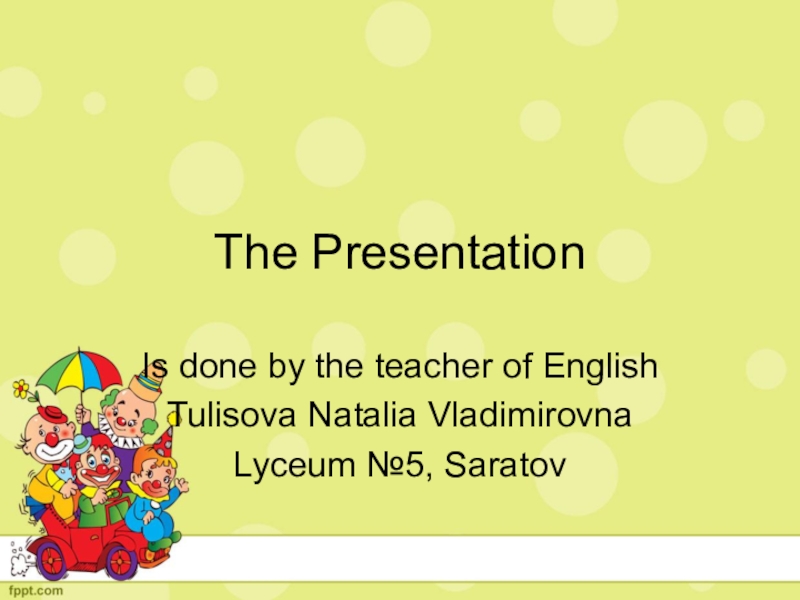in Mayfair, London, on 21 April 1926. Her father was
Prince Albert, Duke of York (the future King George VI) and her mother was the Duchess of York (born Lady Elizabeth Bowes-Lyon, later Queen Elizabeth, and, after her daughter's accession to the throne, the Queen Mother).She was baptised in the Music Room of Buckingham Palace by Cosmo Gordon Lang, the Archbishop of York. Her godparents were her paternal grandparents King George V and Queen Mary, the Princess Royal, the Duke of Connaught, her maternal grandfather the Earl of Strathmore, and Lady Elphinstone.
Elizabeth was named after her mother, while her two middle names are those of her paternal great-grandmother, Queen Alexandra, and grandmother, Queen Mary, respectively. As a child her close family knew her as "Lilibet". Her grandmother Queen Mary doted on her and George V found her very entertaining. At 10 years old, the young Princess was introduced to a preacher at Glamis Castle. As he left, he promised to send her a book. Elizabeth replied, "Not about God. I already know all about Him."
As a granddaughter of the British sovereign in the male line, she held the title of a British princess with the style Her Royal Highness. Her full style was Her Royal Highness Princess Elizabeth of York. At the time of her birth, she was third in the line of succession to the throne, behind her uncle the Prince of Wales, and her father. Although her birth generated public interest, there was no reason at the time to believe that she would ever become queen, as it was widely assumed that the Prince of Wales (later King Edward VIII) would marry and have children in due course.
However, Edward did not produce any legitimate heirs, and Elizabeth's parents had no sons (who would have taken precedence over her). Therefore, she would eventually have become queen whether Edward had abdicated or not, assuming she outlived both her father and her uncle.
